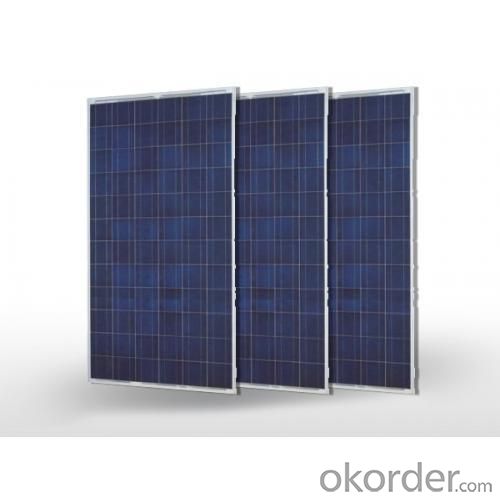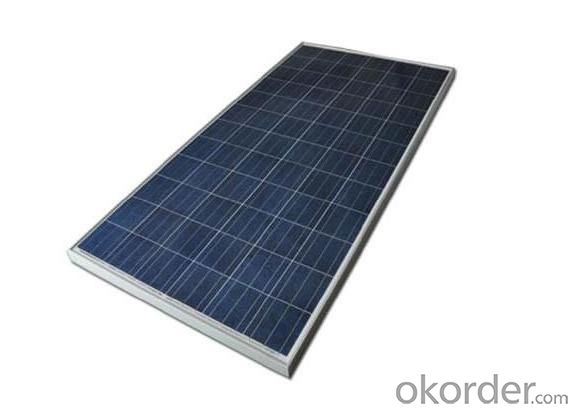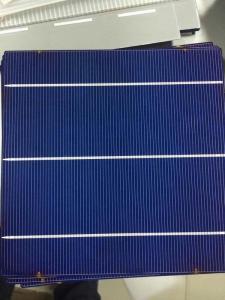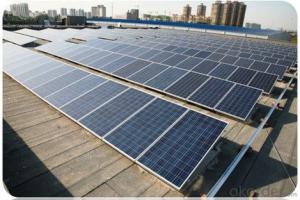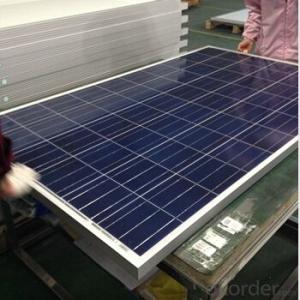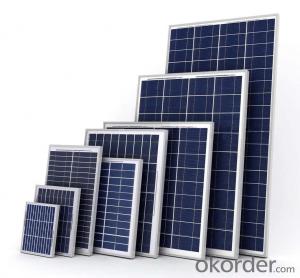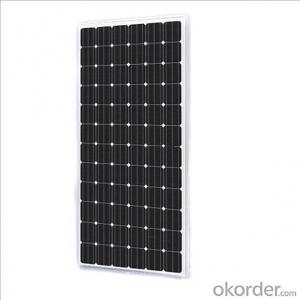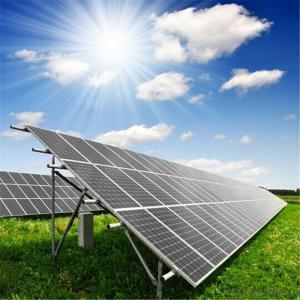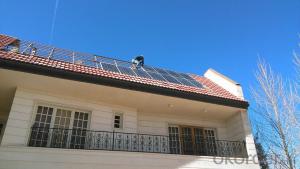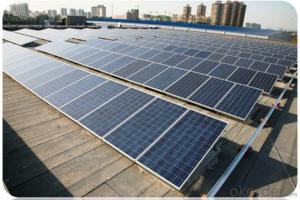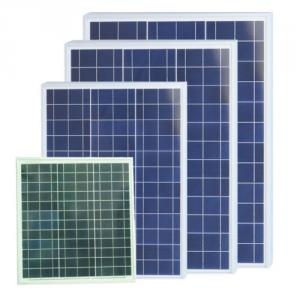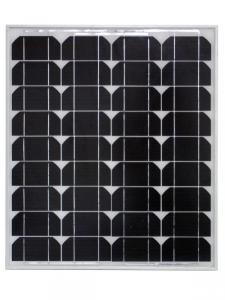Best Quality Solar Polycrystalline Panels (270W-290W)
- Loading Port:
- Shanghai
- Payment Terms:
- TT or LC
- Min Order Qty:
- Customized watt
- Supply Capability:
- 1-100000 watt/month
OKorder Service Pledge
OKorder Financial Service
You Might Also Like
Specification of Solar Polycrystalline(270W-290W)
CNBM Solar photovoltaic (PV)module is designed for large electrical power requirements. It is the optimal choice for both on-grid and off-grid power systems. CNBM Solar panel offers high performance of power per square foot of solar array.Poly- or multicrystalline silicon(poly-Si or mc-Si): made from cast square ingots — large blocks of molten silicon carefully cooled and solidified. Poly-Si cells are less expensive to produce than single crystal silicon cells, but are less efficient. US DOE data shows that there were a higher number of multicrystalline sales than monocrystalline silicon sales.
Characteristics of Polycrystalline Silicon Solar Panel
I.Solar Cell : High efficiency crystalline solar cell. Even if under the weak light, the solar module can produce maximum power output.
II.Tempered glass (toughened glass): Anti-reflecting coating and high transmission rate glass increase the power output and mechanical strength of solar module.
III.EVA and TPT: Using high quality EVA and TPT to prevent destroying and water.
IV.AI frame: Without screw, corner connection. 6 holes on the frame can be installed easily.
V.Junction box: Multi function junction box with water proof.
VI.Long lifetime: ≥25 years; Less power decrease.
VII.Good performance of preventing from atrocious weather such as wind and hails.
VIII.Resisting moisture and etching effectively, not effected by geology.
IX.The certificate issued by international authority: UL, TUV, IEC, VDE, CE.
Standard Test Conditions of Polycrystalline Silicon Solar Panel
The opto-electrical specifications shown below are stabilized values being measured at Standard Test Conditions of multicrystalline silicon Solar Panel, Irradiance: 1000W/m2, Spectrum: AM1.5 at 25°C, The info below is subject to manufacturing tolerances. Where appropriate minutes of measurement are available and are used for the dimensioning of the installation.
Advantages of Polycrystalline Silicon Solar Panel
• CNBM Solar performance guarantees for 25 years
• 12 years guarantee for workmanship for multicrystalline silicon Solar Panel
• Timeliness of delivery
• Quality Products certified (TÜV, UL, CE, VDE, ISO)
CNBM International Corporation's products including Monocrystalline Solar Panel, Polycrystalline Solar Panel ( multicrystalline silicon Solar Panel) have received and enjoyed famous reputation in many countries and regions in the world .As a solar panel manufacturer in China, we strive to provide our customers with excellent service, superior products and unmatched value
Certificates of Polycrystalline Silicon Solar Panel
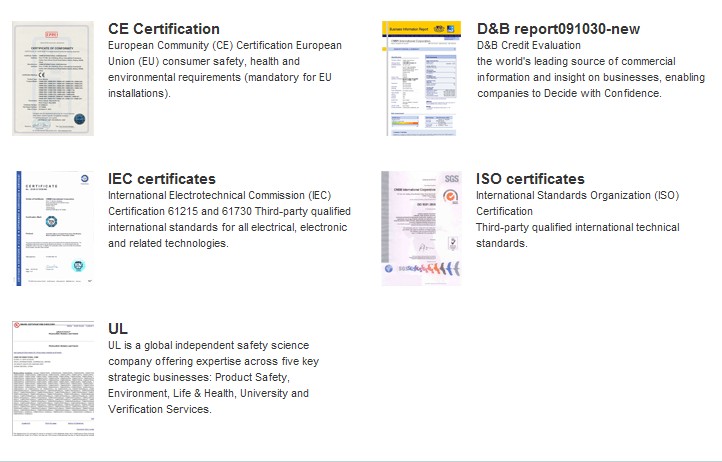
Technical Data of Polycrystalline Silicon Solar Panel
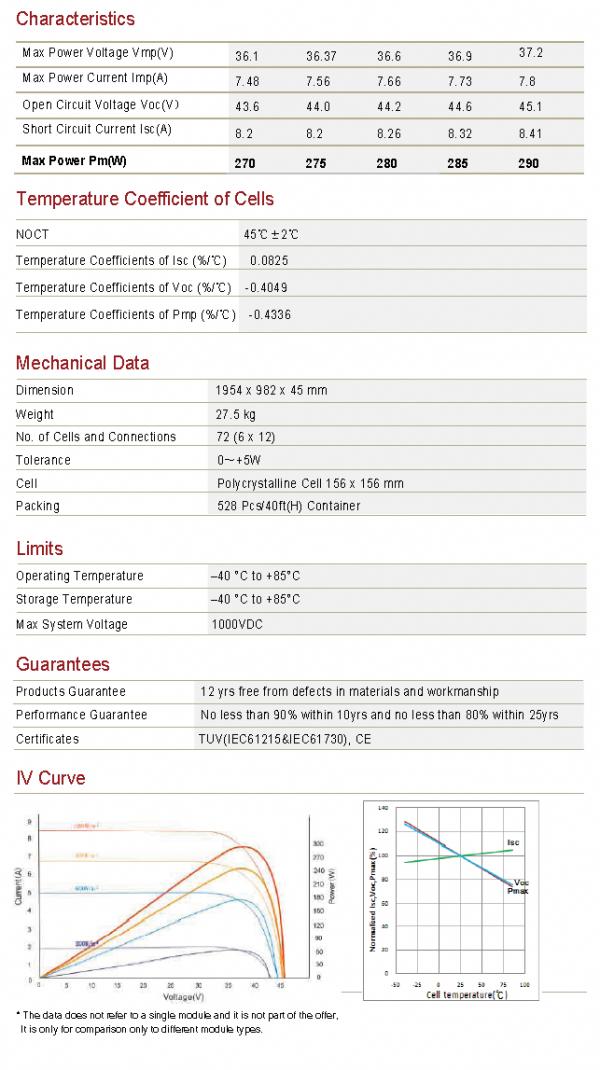
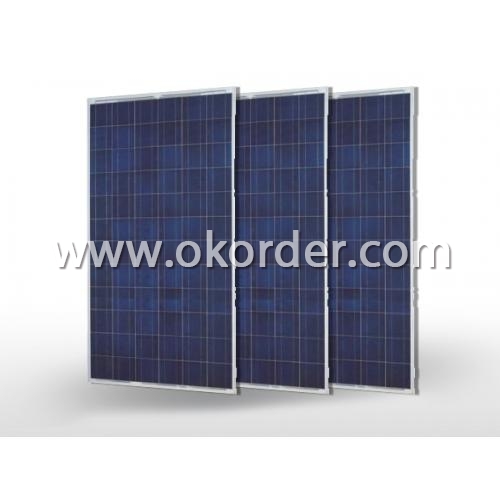
CNBM Solar Polycrystalline (270W-290W)
Packaging &Delivery
Packaging: Customized
Delivery:Customized
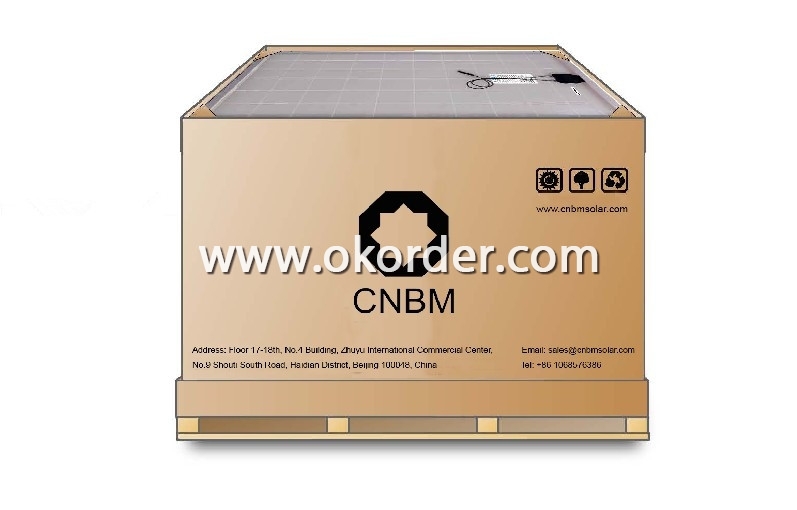

- Q: How do solar panels affect the overall resilience of a building?
- Solar panels can significantly enhance the overall resilience of a building. By generating clean and renewable energy, they reduce dependence on traditional power grids, making the building less vulnerable to power outages or disruptions. Additionally, solar panels can provide a reliable source of electricity during emergencies, ensuring critical systems like lighting or communication remain operational. The energy independence offered by solar panels enhances the building's ability to withstand and recover from various crises, ultimately improving its overall resilience.
- Q: The voltage and power problems of solar panels
- From morning to night (with sunshine) solar panel voltage is generally relatively stable, that is basically about 30V; but the output power is always changing, sooner or later, noon; if it is good quality solar energy,
- Q: I'm part of the Sustainability group at school, the school principal is a d**k and doesn't care about the environment, he only cares about money.Me and the group will be talking in front of him and the school council (the people in-charge of the school's money) To convince them to put solar panels on the school roofs.I know that it definitely will help the school save on electricity bills, but it WILL cost a lot of money to put them in.In the end we just wanna reduce carbon emissions!HELP :)
- Installing solar cells cost money. It would swamp the capital spending portion of the school budget. I doubt the school board would put it into the budget because of the cost involved. If they did I guarantee you that, when presented to the voters, they would turn down the budget. If you really want to do something, I suggest a fund raiser, but you are probably looking at raising more than $500,000. Good luck.
- Q: i have this usb solar panel charger i am building and the solar panel is about 2by .5quot;, so i was wondering if a led light can power it, if so will one be good or would i need more? if so how many?
- Yes, shining light from a visible-light LED on a solar panel will cause the solar panel to generate electricity. There is a long-wavelength cutoff (probably in the near infrared) where photons from an infrared LED would not have sufficient energy per photon to excite the solar panel, no matter how bright the LED was. Of course the amount of electricity produced is a fraction of the power needed to power the LED. The best possible efficiency you could achieve under optimal conditions is about 30%. The typical optical power output of a single LED is around 0.3 Watt. The density of sunlight is such that the amount of sunlight falling on a 2 x .5 area perpendicular to the Sun's rays is about .3 Watts. So maybe you'd want a few LEDs, or a particularly bright LED to simulate sunlight. But you'll get something with one LED. A bright LED flashlight would work.
- Q: please no dumb answers and list where you got the info.Also how much does it cost to install solar panels for a regular sized house?
- Short version is that the sunlight knocks electrons loose from a semiconductor panel, and those loose electrons generate an electrical current. The solar panels have lots of cells arranged in series parallel to get to a higher voltage (usually 2 or 24 volts) and current. This is sent to charge batteries under the control of a charge controller. The voltage from the batteries is sent to an inverter that converts the 2/24 volts to 20/240 VAC for household usage. .
- Q: Do solar panels require regular inspections?
- Yes, solar panels do require regular inspections to ensure optimal performance and identify any potential issues such as damage, debris, or faulty connections. Regular inspections can help in maintaining the efficiency and longevity of the solar panels.
- Q: Can solar panels be used in areas with high levels of snowfall?
- Yes, solar panels can be used in areas with high levels of snowfall. However, the performance and efficiency of the panels may be affected during snowy conditions. Regular snow removal or tilted mounting angles can help maximize their effectiveness in such areas.
- Q: For example, how many large solar panels would you need to operate a greenhouse with lighting for simulate sun during cloudy weather, a scheduled sprinkle system and other such things?I'm looking for a very in depth answer.
- if you are talking electrical solar panels, they are rated in watts they generate in full sun. usually these panels are used in tandem with batteries, so they charge up during the day and the batteries hold a reserve of power for later use. If you figure 8 hours of useful sunlight per day, then a 40 watt panel will light a 40 watt bulb for 8 hours. you can also measure capacity in watt-hours. this would be 40x8 = 320 watt-hours. the general method is to determine how much electricity demand you have over a 24 hour period to get the total watt-hours. then divide that by the watt-hour capacity of one panel to get the number of panels needed.
- Q: Properties of solar panel?I know this is too general,but i am to write a report on the materials used to make solar panels,and i am to include the physical, mechanical ,and chemical properties of the materials.It's just too general,such that i am lost.There are so many types of solar panels.So i hope some experts on this subject can give me a general guide lines ,maybe the tensile strength ?as much as you can please.
- American scientists have developed a new coating, which allows the solar cells to cool on its own, without relying on costly cooling and ventilation. Coating increases the output power and prolong the life of solar batteries .
- Q: i've heard that solar panel batteries have to be replaced withen 5-0 years. how much do solar panel batteries cost? please include sources!
- Depends on how big a battery you want and what technology. A lot of people use lead-acid batteries (rather like car batteries) and they do need replacing and 5 to 0 years isn't a bad estimate. However, the lead and lead salts content can easily be recycled into new batteries so its not as bad as it may seem.
Send your message to us
Best Quality Solar Polycrystalline Panels (270W-290W)
- Loading Port:
- Shanghai
- Payment Terms:
- TT or LC
- Min Order Qty:
- Customized watt
- Supply Capability:
- 1-100000 watt/month
OKorder Service Pledge
OKorder Financial Service
Similar products
Hot products
Hot Searches
Related keywords




